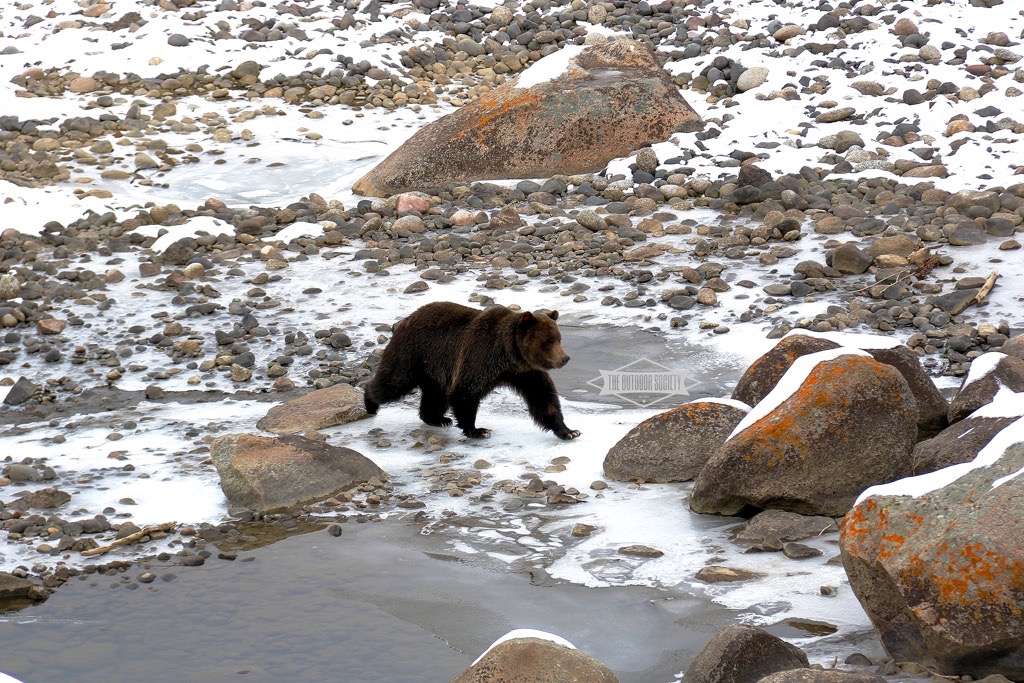Our National Parks are filled with incredible history. From buildings and battlefields, to the cultural importance of these lands to the first people’s, every single one of these places of Public Lands is steeped in historical wonder. Our Public Lands have a lifetime’s worth of stories and tales, iconic figures and shady characters, allowing us each to have a favorite part of the unique history in our National Parks. While I could, and may, write an entire book about historical awesomeness around these regions, for now I will share one of the slices of history that I often repeat while taking people to Olympic National Park.
Along the Northern Olympic Peninsula, where Highway 101 still travels east and west and not north and south, Lake Crescent sits just a few short miles from the salty shores of the Strait of Juan de Fuca. Shimmering and sparkling in the sun, the 12 mile long lake is a stunning destination, seeing visits from Presidents and Supreme Court Justices in the past, as well as dirt bag travelers and millions of tourists each year. Home to a pair of breathtaking lodges sitting on the shore, surrounded by towering trees and craggy mountains, Lake Crescent is one of the many can’t miss and iconic destinations in Olympic National Park. For decades, the depth of Lake Crescent was argued about, with many claiming it was over 1,000ft deep in places. While those rumors were fun, in 2014, geologists literally got to the bottom of the debate, discovering that at the deepest, Lake Crescent is 596 feet deep. During this study, they also hypothesized that the inaccurate 1,000+ft reading in 1980 was due to the sonar signal reflecting off the steep, underwater slopes by the lakeshore.

The argument about the depth of the lake isn’t the only interesting part of the lake’s history. In 1929, a couple disappeared while driving around Lake Crescent. For seven decades, their disappearance was a mystery. That is, until 2002 when their 1927 Chevrolet was discovered by diver 160 feet beneath the surface of the lake. Another famous story is the Lady of the Lake. In 1937, a waitress named Hallie Illingworth went missing, and was found, completely preserved by the near-freezing lake temperature, three years later. She is said to have been tied to rocks and sent down to the bottom of the lake, but once those restraints decomposed, her corpse to float to the surface. Her skin was preserved by minerals in the water that interacted with her body fat, in a process called saponification. Her husband was later convicted of the murder. He served nine years in prison, until he was paroled in 1951, because it was the 1950s and men could treat women however they wanted, apparently.
These stories, while unique and interesting, are still not the most fascinating story of Lake Crescent, at least to me. This tale, one from the Klallam Tribe around 10,000 years ago, is one that has fascinates me every time I drive or hike around or above the lake. What makes this legend so awesome is that it had been passed down through roughly 10,000 years of word-of-mouth storytelling and has recently been proven by science. Long ago, when the Olympic Peninsula was a place we would barely be able to recognize today, the Klallam and Quileute peoples were engaged in a battle. Around 1,000 years earlier, a large valley had been carved by retreating glaciers, becoming a wilderness landscape filled with wildlife and the early signs of North American humanity. As the tribes were battling, it is said that Mount Storm King, a 4,537 foot mountain rising above the lake, got angry at the warring factions. The mountain, in its rage, threw a boulder to stop the fighting, splitting the valley in two, forming both Lake Southerland and Lake Crescent and supposedly ending the war.


Science backs up this fantastic story, though it doesn’t quite have the flair that the Klallam tale uses. According to research conducted in the area, around the same time the battle was raging in the valley, a huge earthquake, possibly as large as 9.0, caused a huge landslide that split the valley and waterway in two. While the region has recovered and the landslide scar isn’t really visible to the masses who flock to Olympic National Park, those who climb up to the summit of Pyramid Peak get a great glimpse of the size and scale of the landslide that changed this landscape thousands of years ago.
Each time I go to Lake Crescent and bask in the beauty of the region, this story makes me aware that the views I am seeing won’t always be around. It also gets me thinking about what tales humans will tell about the lake and the region 10,000 years from now, if we are around. Will new landslides change the landscape? Will pollution, logging and climate change destroy the pristine waters and wild forests? Will the lake have another name?
I guess in the end it doesn’t matter. The moments we have on these lands now matter, and the connection to history makes the entire visit to these areas that much more special. Next time you visit a National Park, take some time to learn about the geology of the landscape, the people’s history of the region, and the impact we are having on the area today. It won’t always look like this, so enjoy it now and share it with all you can.
This post was written in one hour for my #NatureWritingChallenge, where this week’s topic was “What is your favorite part of National Park history? Any cool stories to share, buildings you enjoy or historical wonders you enjoy?” Want to join in on the fun? Read more about this challenge here.
WANT TO FIND AMAZING TRAILS AND VIEWS IN OLYMPIC?
Discover a Hike a Week through our Olympic National Park Area Guidebook




